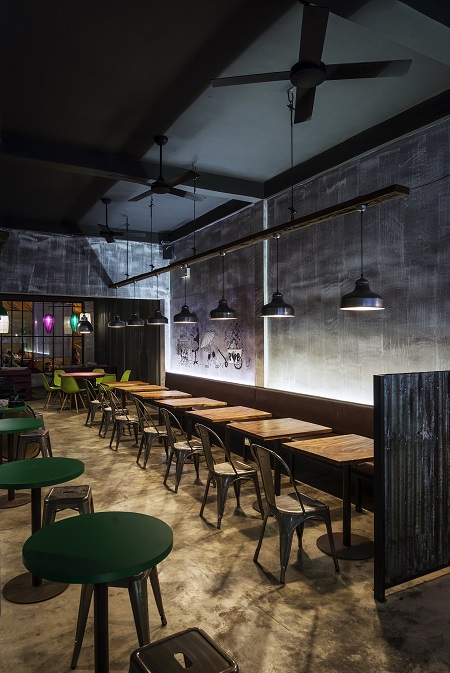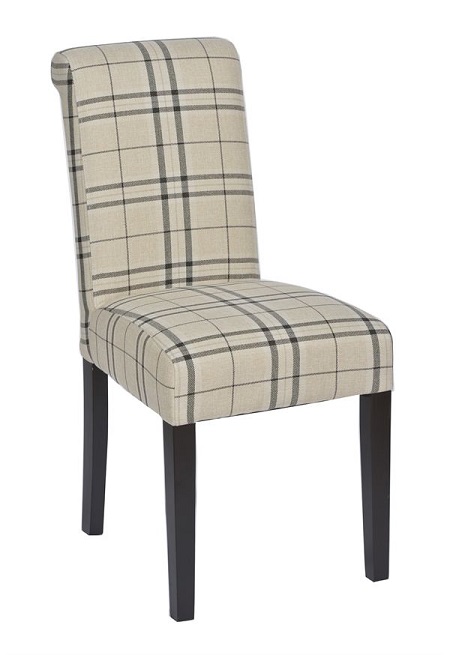Can restaurants damage your hearing? Over the past couple of decades, noise levels in restaurants have become a major problem for many diners, leaving restaurant owners in need of noisy restaurant solutions. The noisy restaurant issue has real impact on custom. People are staying away from restaurants and often opting instead for takeaways because they find restaurants too loud. A 2017 survey of 1,200 people by the UK charity Action on Hearing Loss found that 43 per cent of those who responded had chosen a takeaway rather than eating out in order to avoid high noise levels. 91% of restaurant customers said they would not return to a noisy place.
There are around 11 million people in the UK with some degree of hearing loss, which represents a huge number of people who are possibly being deterred from eating out by the sheer loudness of many of today’s restaurants. And even those with normal hearing are often annoyed and deterred by noisy eateries: decibel readings have found that some restaurants are loud enough to cause hearing damage.
Restaurant acoustics: the bare facts
The causes of this phenomenon are straightforward: today’s restaurants are designed with aesthetics, rather than acoustics, in mind. The trend today is for industrial design - bare walls, vaulted ceilings, tiled floors, bare tables, and often open kitchens with metal counters. Add to this mix the use of piped music that is often intrusively loud, and you have a recipe for something deafening. As noise levels rise, people talk louder. And soon they are talking even louder so that they can hear each other, and themselves, speak. Chairs scrape across floors. Espresso machines hiss and grind. Cutlery and crockery rattle. Noise from the kitchen leaks out into the dining area.

For younger diners, all this may not be much of a problem; indeed, they may even enjoy the “buzz”, and they probably think the bare walls and filament bulbs are all very cool. But those who prefer to talk rather than shout, and those with hearing difficulties – many of whom are in the older age brackets - are increasingly feeling excluded from these places. Many diners leave restaurants early because they are too noisy.
A motorbike in the restaurant
Restaurant critics and food writers have picked up on the phenomenon: Jay Rayner is among those who have drawn attention to the issue. Last year The Guardian’s Ellie Violet Bramley addressed the subject in an article and reported that “noise levels in some eateries can reach the equivalent of a lawnmower or a motorbike”. Bramley’s article also reported on an app called Soundprint, which enables diners to monitor noise levels in restaurants (as well as cafés and bars) and add their readings to a worldwide database, giving customers the chance to assess restaurants before booking. Soundprint is currently based largely in the US, but is expanding to other cities across the world.

So, what can be done to improve matters? The first step is for restaurants themselves to acknowledge that there is a problem. And they will not do this unless enough people register their dissatisfaction. Customer feedback is essential. Once restaurants realise that they could be alienating a large number of potential customers, they may take action. Action on Hearing Loss has urged diners to join its #DecibelSquad and leave online reviews of noise levels in restaurants.
Scraping, banging and hissing
One of the simplest tricks for restaurants to reduce noise is to fit rubber bungs or felt pads on the feet of chairs and tables. The scraping of chair feet – especially metal ones - on a tiled floor is a loud and unpleasant noise; bungs or pads will almost entirely eliminate it.
Another method is to think carefully about where noisy appliances such as coffee machines are located. A coffee machine that is grinding beans makes a thoroughly unpleasant sound, while the banging and hissing that go into the actual making of the coffee are also intrusive. By moving the machine further away from the dining area or by screening it off, you will be reducing its impact.
But most of the noise in today’s restaurants comes from the reflective surfaces: walls, floors, tables, counters. And there is only one way of reducing this noise, and that is to cover these surfaces with noise-absorbing materials: wallpaper, carpets, tablecloths, curtains. This is not to say that restaurants need to resemble the hushed interiors of old-style Indian restaurants, with their flock wallpaper, thick carpets and velvet upholstery. But by introducing some of these elements, you can help reduce noise levels.
Cloth can add class
Tablecloths, for instance, can add a touch of class to a restaurant, and although they add to costs and the workload, it’s modest investment that could yield dividends. Carpets are a more expensive undertaking and require frequent cleaning – shampooing as well as vacuuming; but again, a carpeted floor will absorb a great deal of sound.
Restaurant furniture, too, can make a big difference. Furniture that is upholstered with fabric or leather will help to soak up sound, as well as adding to your diners’ comfort; indeed, comfortable, attractive, upholstered chairs will help to create an experience that is special, giving customers the sense that they are being treated. Trent Furniture’s Phoenix dining chair, for instance, can be upholstered to order in a choice of fabrics. Likewise Trent Furniture’s Rimini dining chair (pictured below) adds a sense of opulence to a restaurant while also helping to reduce noise levels. Furniture that is made from wood, rather than metal, will also contribute to noise reduction.

More radically, acoustic panels can help to reduce noises levels, though these are normally considered at the design stage of a restaurant – so if you are planning a new eaterie, you might consider these. And the trend for vaulted ceilings has surely come and gone.
A chorus of disapproval
One more source of noise to think about is the music that’s played in your restaurant. There’s nothing wrong with piped music, but it should not be played at a level that requires diners to raise their voices to be heard over it. Music is one of the factors that can lead to noise “inflation”, so make sure that it is not intrusive or overwhelming.
No one wants to eat in hushed silence; restaurants are not monasteries. A certain amount of hubbub is needed to create an atmosphere. But too many of today’s restaurants have gone all-in for the “buzz” factor, and are risking alienating millions of diners in the process. There is no reason why dinner should come with an unwanted extra helping of din.